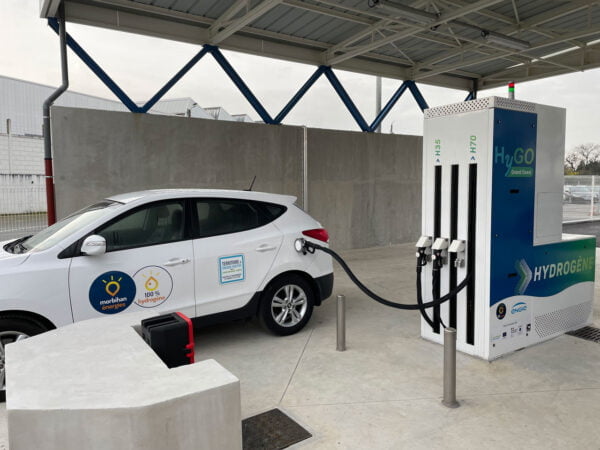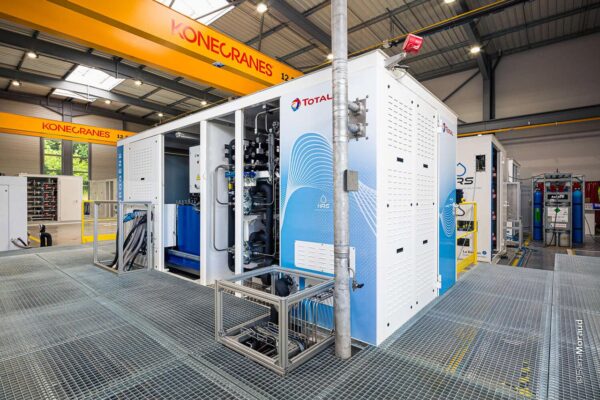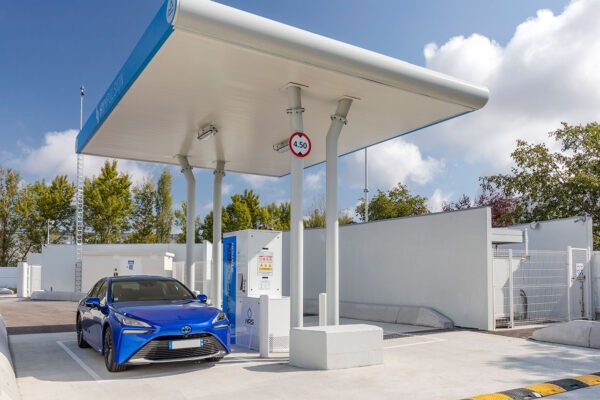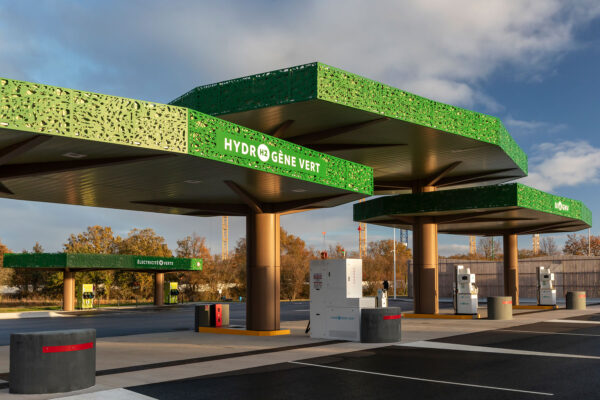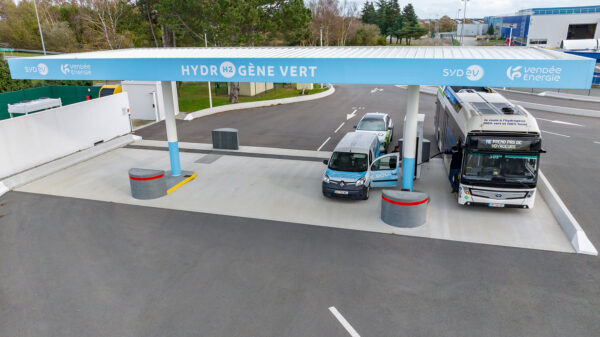The inescapable challenge of decarbonisation
Road transport is the number one choice for businesses as it is usually more economical than air transport, faster than sea transport and more adaptable than rail transport. In 2022, road transport accounted for 87.6% of internal goods traffic, compared to 10.1% for rail and 2.4% for waterway transport1.
The reduction in greenhouse gas emissions is a major challenge for achieving the targets set by authorities.
Hydrogen, the decarbonised heavy-duty mobility solution!
The transition from road transport to cleaner engines is under way. As part of its new sustainable mobility strategy, the European Commission aims to have 60,000 hydrogen trucks on the road by 20302.
There are two types of hydrogen truck:
- Hydrogen-powered fuel cell electric vehicles producing electricity on board
- Vehicles driven by a hydrogen combustion engine
Two solutions for decarbonising road transport.
In 2022, the IEA recorded around a dozen models of fuel cell electric truck on the market, some with a range of 800 km. By 2024, several manufacturers have stated that they will be selling trucks with a range exceeding 1200 km3.
1 ADEME
2 France Hydrogène
3 IEA – Global Hydrogen Review 2022
The challenge of very high flow refueling
One of the major advantages of hydrogen for mobility is rapid refueling. HRS is committed to deploying new technologies enabling very high flow refueling at 700 bar.
As part of the European RHeaDHy project, the R&D teams at HRS are pooling their expertise within a consortium in order to achieve a fivefold reduction in refueling time and enable a 100 kg tank to be fully refueled in 10 minutes at 700 bar.
Advantages of hydrogen for road transport

Reduced environmental footprint
Hydrogen vehicles produce electricity by combining H2 and O2, and emit only water vapour. No CO2 is emitted during this process.

Long range
Drive several hundred kilometres with full autonomy to ensure your continuity of service. The range of H2 vehicles is identical to that of combustion engine vehicles.

Fast recharging
Hydrogen refueling reduces vehicle standstill times. The fueling protocol enables fast refueling of heavy-duty vehicles: ~15 minutes for a 30 kg tank.

Optimised payload
Switching to hydrogen has no impact on the vehicle's volume or payload, safeguarding an essential aspect of your fleet.

Reliability and safety
Our stations are manufactured on an industrial scale. Our dispensers comply with fueling protocol SAE J2601/ISO 19880-1 T30 and are confirmed by the CEP (Clean Energy Partnership)

No need to change old habits!
To refuel, simply connect the pump to your vehicle. The refueling time is the same as that for combustion engine vehicles.

Reducing noise pollution
Hydrogen powered vehicles are very quiet for significantly lower noise pollution from your activities.
